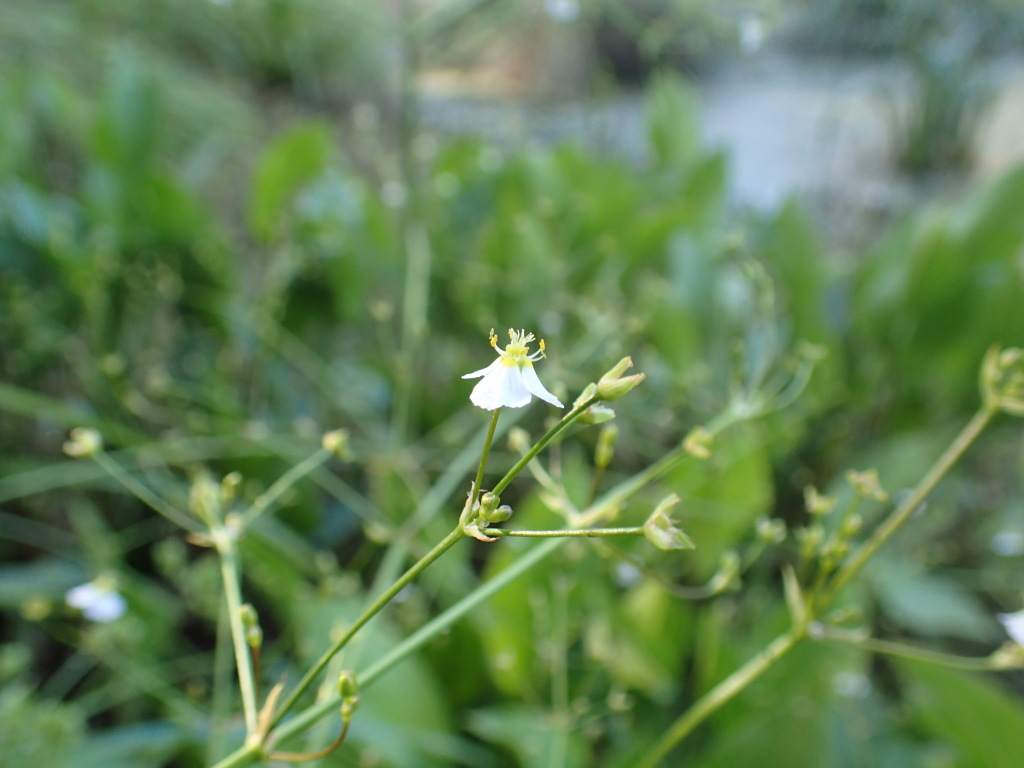Alisma plantago-aquatica
L. Water PlantainPetiole up to 80 cm long; lamina ovate to oblong-elliptic or narrowly oblong-elliptic, (5–)10–28 cm long, (3–)5.5–10(–13) cm wide (length to width ratio 1.6–2.6(–3)); base rounded to cordate; apex obtuse to acute. Inner perianth lobes with apex rounded-truncate; anthers 0.8–1 mm long, 0.3–0.4 mm wide; style (0.6-)0.8–1.2 mm long; stigma c. 0.1 mm long. Flowers Nov.–Mar.
MuM, Wim, GleP, VVP, VRiv, MuF, GipP, OtP, WaP, Gold, CVU, NIS, EGL, EGU, HSF, HNF, Strz, VAlp. Also NSW, widespread in Europe, western Asia, northern and central Africa. Introduced into New Zealand. Common near creeks, lakes and swamps. Also persists in drying mud above the receding water-line. The leaves and fruits are eaten by animals (Sainty & Jacobs 1981).
Previously, often incorrectly referred to as A. plantago (e.g. Ewart 1931).
Conn, B.J. (1994). Alismataceae. In: Walsh, N.G.; Entwisle, T.J., Flora of Victoria Vol. 2, Ferns and Allied Plants, Conifers and Monocotyledons, pp. 125–129. Inkata Press, Melbourne.
 Spinning
Spinning



